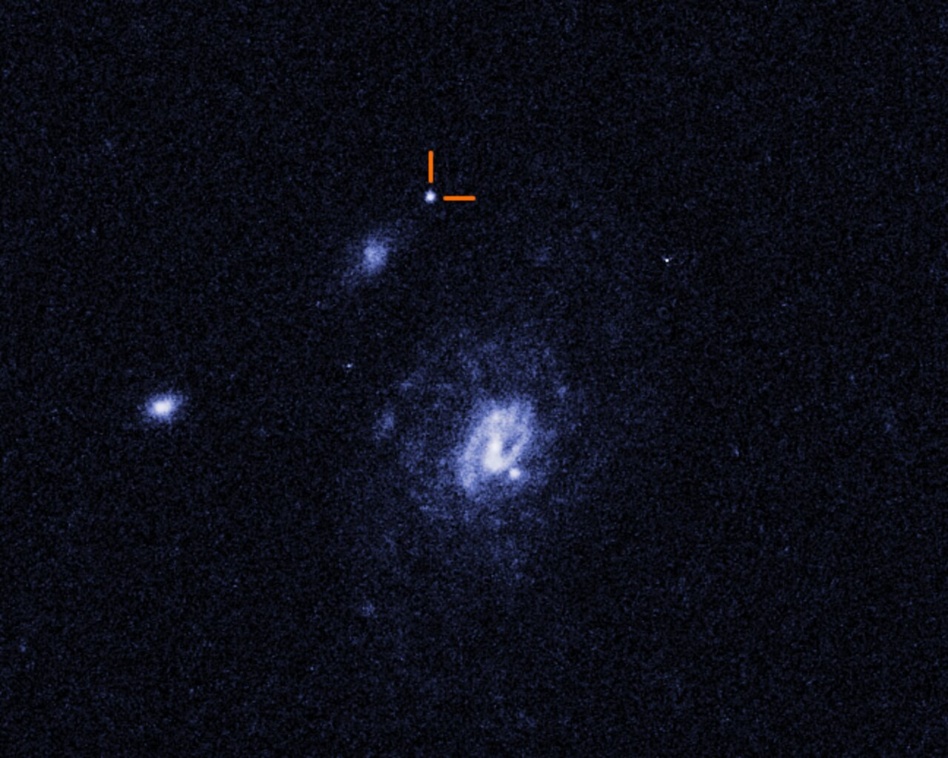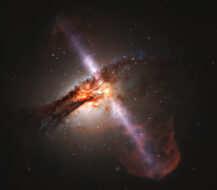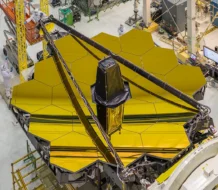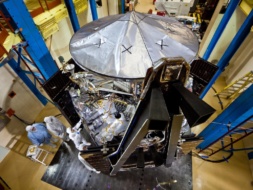The night sky is full of flashes and explosions. Stars dying, galaxies crashing into one another, black holes and neutron stars ejecting jets of high-energy material. Astronomers use the consistent flashing of pulsars to measure distance, and suss out the presence of exoplanets by the occasional, faint dimming of stars.
Every once in a while, though, a new kind of flash shows up in the cosmos that astronomers don’t quite know how to explain.
In 2018, astronomers spotted an extremely bright explosion that lasted for only tens of seconds—far shorter-duration than a supernova—and was followed up by successive bursts of similar intensity and length. They called this phenomenon a “luminous fast blue optical transient,” or LFBOT.
In a study published yesterday in Nature, a team of scientists led by Cornell University have come up with an explanation for this phenomenon. The authors believe that only a stellar corpse, like a black hole or neutron star, could power such an event. (Side note: Imagine my disappointment upon finding out that the band name “Stellar Corpse” is already taken.)
Eyes in the sky: When a star dies, it typically flares very brightly for a short period of time, then that light slowly dies down over the course of a few weeks. What scientists observed in 2018—an extremely bright, short flash that died down completely in a few seconds, only to reappear months after the initial explosion and repeat the process—stunned them.
“No one really knew what to say,” said Anna Y. Q. Ho, assistant professor of astronomy in the College of Arts and Sciences at Cornall and first author on the paper, in a release. “We had never seen anything like that before—something so fast, and the brightness as strong as the original explosion months later—in any supernova or FBOT [. We’d never seen that, period, in astronomy.”
Finding the source: There aren’t a lot of objects that can emit such an intense bout of energy, and the recurrent nature of the flashes add complexity to the puzzle. Researchers observed the identified object using 15 telescopes around the world, and determined that it must be spinning, and that it must be a fairly small, high-energy object, like a black hole or neutron star.
“The short timescale flares we observed imply that the engine driving the explosion is a small object—most likely a rapidly-spinning neutron star or an accreting black hole,” said Vik Dhilon, another author on the paper. “This discovery teaches us more about the varied ways in which stars end their lives and the exotica that inhabit our Universe.”




